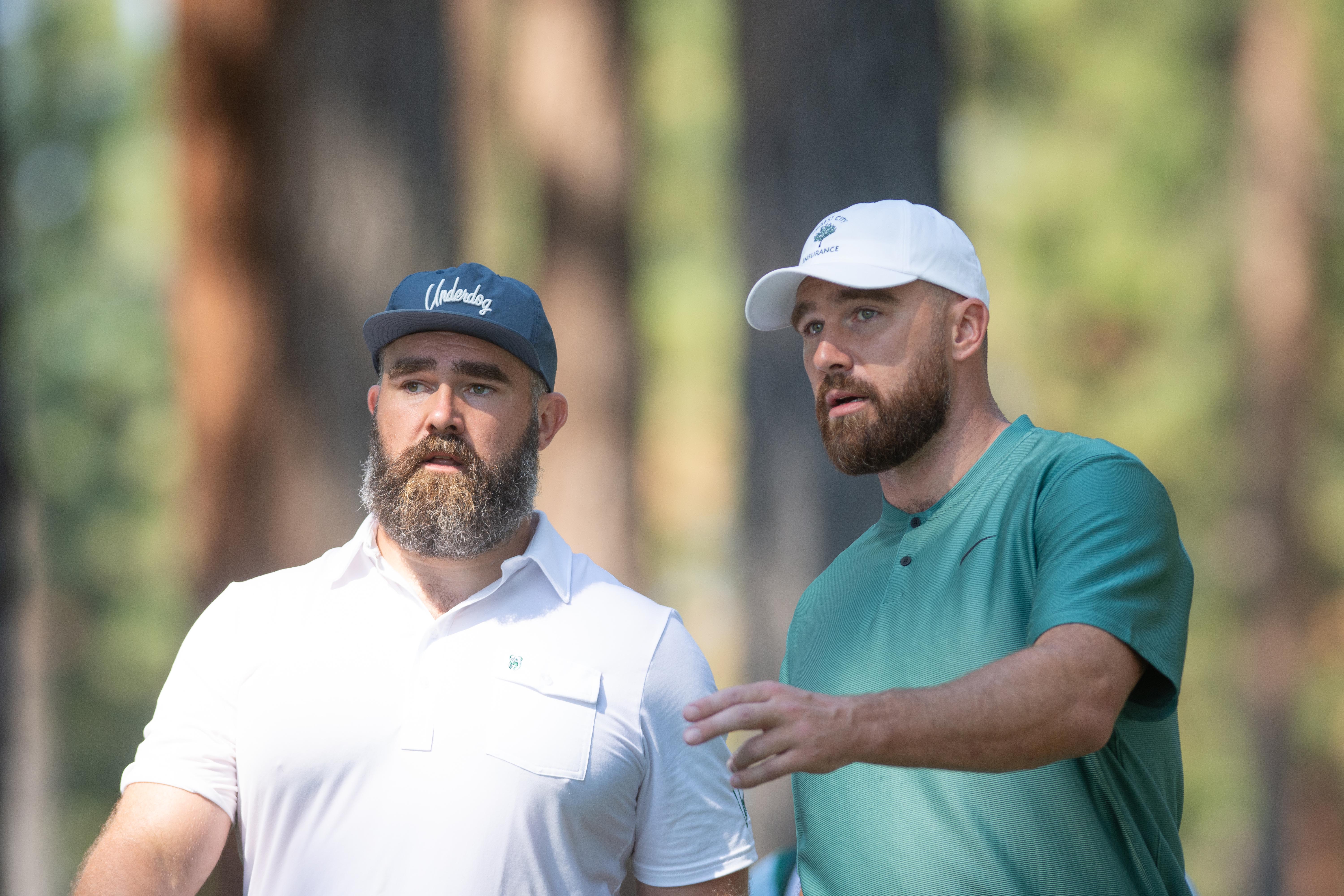Concussions are once again a talking point in the NFL.
Miami Dolphins quarterback Tua Tagovailoa exited Thursday's game against the Buffalo Bills in the third quarter after he suffered a concussion. It marked the third concussion for Tagovailoa in a two-year span after he suffered two during the 2022 season.
WATCH ANYTIME FOR FREE
Stream NBC10 Boston news for free, 24/7, wherever you are. |
There is no set timeline for when Tagovailoa could return to the field, but before he can play again, he will need to go through the NFL's concussion protocol.
Here's a full explanation of concussions in the NFL, including how protocol works and when players can return to the field:
Get updates on what's happening in Boston to your inbox. Sign up for our News Headlines newsletter.
What is NFL protocol for concussions when a player is hit in the head?
Three medical experts, known as unaffiliated neurotrauma consultants (UNCs), are assigned to each game to help ensure that the NFL's concussion protocol is followed. When a player is hit in the head, they receive medical attention if they report symptoms or if someone else -- who could be a trainer, official, coach or even teammate -- initiates the protocol.
The first step is for the team physician and UNC to evaluate the player on the sideline, which includes checking their cervical spine, speech, gait and eyes. The play in which the player was hit is also reviewed on video to determine the severity of the impact.
NFL
If the sideline survey reveals any symptoms consistent with a concussion, the player is examined further in the locker room for more neurological symptoms.
The player could be cleared after either of these exams and be able to return to the game, but if so, they will have a follow-up the next day to make sure they aren’t experiencing any more symptoms.
If the player is diagnosed with a concussion, he cannot return to play in another game until passing the return-to-participation protocol.
What are concussion symptoms in the NFL?
Concussion no-go symptoms can include lack of consciousness, gross motor instability, confusion, amnesia, fencing response, impact seizure and ataxia.
A player exhibiting symptoms of ataxia – which is defined as “abnormality of balance/stability, motor coordination or dysfunctional speech caused by a neurological issue” – no longer can be cleared to return to the game under the new concussion protocols revised in the wake of the Tagovailoa's two concussions in 2022.
The protocol changes went into effect during Week 5 of the 2022 season and were exercised when the Dolphins backup quarterback Teddy Bridgewater, starting in place of Tagovailoa, sustained a hard hit on Miami’s first offensive snap of the game. The veteran quarterback passed his concussion test but was deemed ineligible to return because he was displaying signs of ataxia.
Bridgewater was the first player removed from a game under the league’s new protocols.
How do you clear the NFL concussion protocol and when can a player return to the field?
Players returning from a concussion must be cleared by their team’s physician as well as the independent neurological consultant (INC). Every NFL team is required to have at least one INC, who is a board-certified physician with expertise in head trauma.
There is no set timeline for players in concussion protocol. The medical staff considers factors, such as the player’s concussion history and other medical history, in determining when it’s safe to return to live game action.
Generally, though, the protocol outlines five phases of concussion return, beginning with symptom limited activity, when the player may still be feeling the effects of the concussion. Then the player can progress to regular aerobic exercise, football specific exercise and non-contact training drills before finally being cleared for full football activity.
The process sometimes only takes a few days, like it did for Patrick Mahomes during the playoffs in 2021. Other times, athletes may continue feeling sensations, such as headaches, for weeks or even months after the injury.



